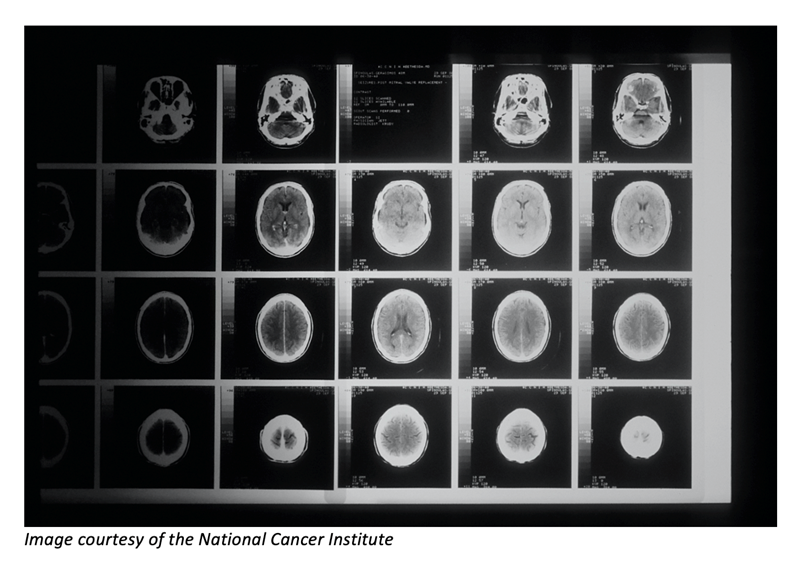MR-Based Machine Learning Differentiates Unique Pediatric Medulloblastoma Subgroups
 Radiogenomics of pediatric medulloblastoma (MB) with an MR-based, machine learning (ML) decision path enabled the identification of four clinically relevant molecular MB subgroups. The multicenter, retrospective study evaluated newly diagnosed MB with MR at 12 international pediatric sites between July 1997 and May 2020. The study, published in Radiology, included 263 patients, aged 19 years or less at diagnosis, of whom 63% were male.
Radiogenomics of pediatric medulloblastoma (MB) with an MR-based, machine learning (ML) decision path enabled the identification of four clinically relevant molecular MB subgroups. The multicenter, retrospective study evaluated newly diagnosed MB with MR at 12 international pediatric sites between July 1997 and May 2020. The study, published in Radiology, included 263 patients, aged 19 years or less at diagnosis, of whom 63% were male.
Using T2 and contrast-enhanced T1-weighted preoperative MR scans, 1800 features were extracted. The researchers designed a two-stage sequential classifier that identified non-wingless (WNT) and non–sonic hedgehog (SHH) MB and then differentiated therapeutically relevant WNT from SHH. Another classifier distinguished high-risk group 3 from group 4 MB. To identify radiomics features unique to infantile versus childhood SHH subgroups, an independent binary subgroup analysis was conducted.
The authors report the two-stage classifier outperformed a single-stage multiclass classifier while the combined, sequential classifier achieved a microaveraged F1 score of 88% and a binary F1 score of 95% specifically for WNT. A group 3 versus group 4 classifier achieved an area under the receiver operating characteristic curve of 98%. Texture and first-order intensity features contributed the most across the molecular subgroups.
The imaging studies were performed with both 1.5T and 3T MR systems across four manufacturers (Canon Medical Systems, GE Healthcare, Philips Healthcare and Siemens Healthineers).
The authors acknowledge that while tumor diagnosis will remain reliant on tissue specimens, “a validated machine learning option, including future imaging genomics investigations that combine prospective model developments and deployment, could offer a global, cost-effective alternative or adjunct to molecular-based risk assessment and widen future opportunities for risk-tailored therapies and trial design.”